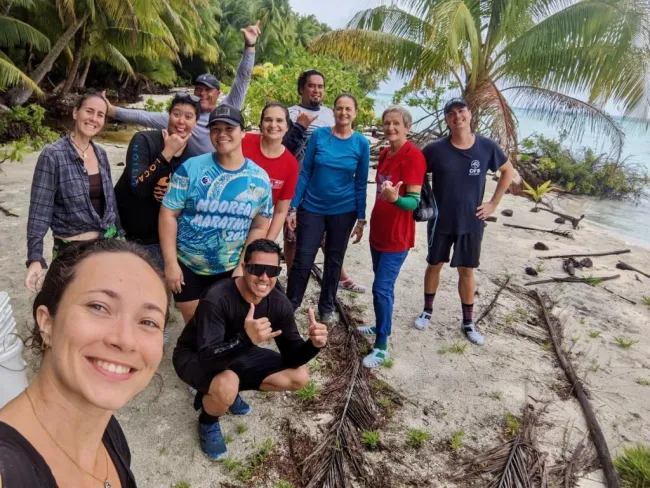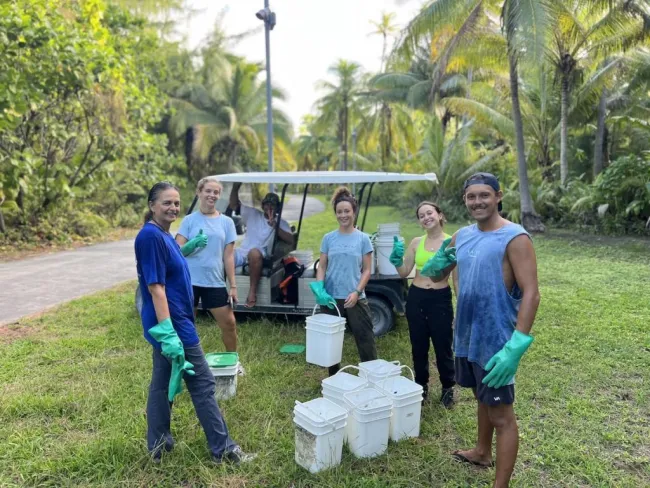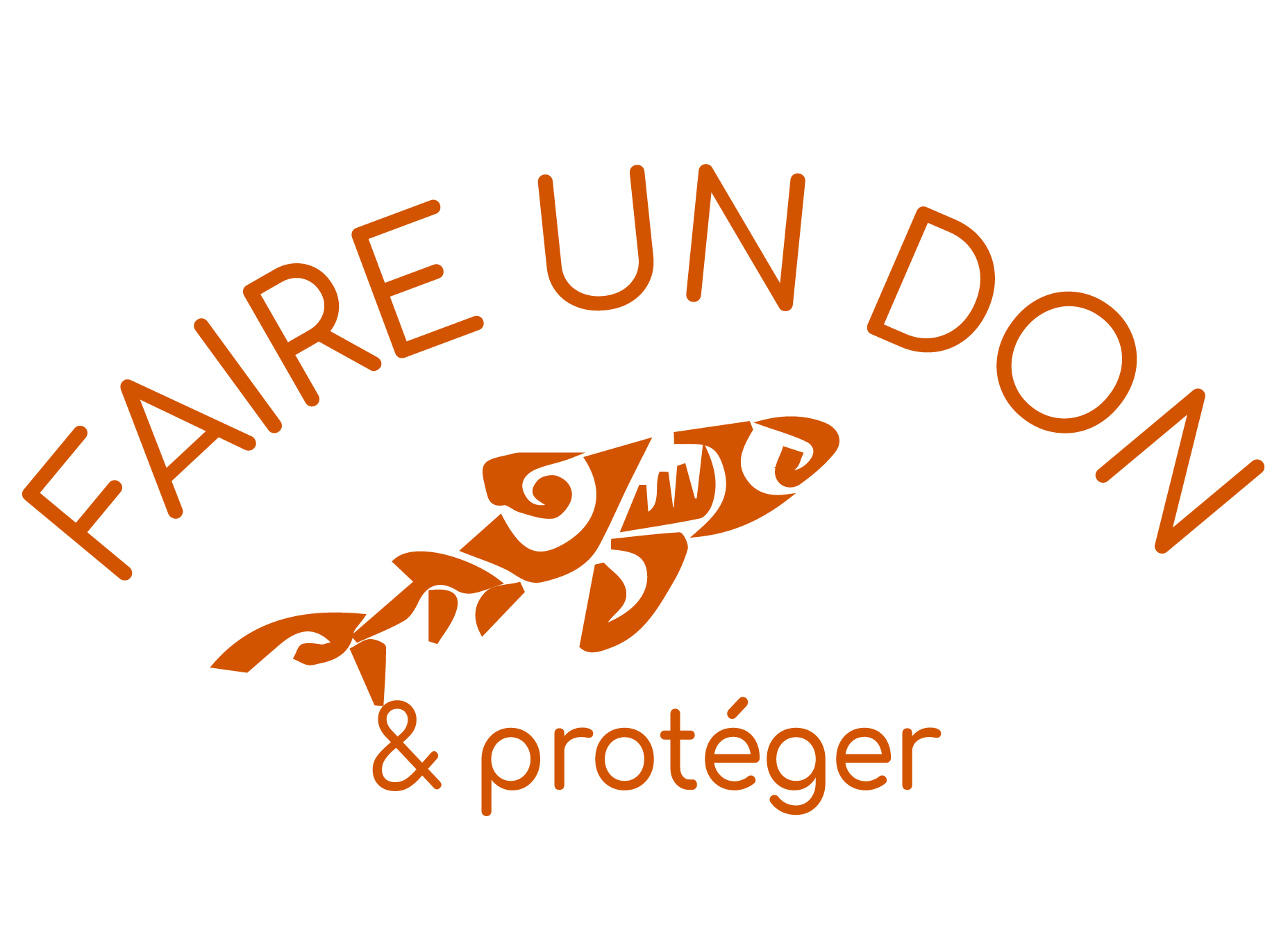 Bénévoles contre les fourmis sur le motu
Bénévoles contre les fourmis sur le motu  Pause nocturne
Pause nocturne L’équipe anti-fourmis d’Onetahi en pleine préparation
L’équipe anti-fourmis d’Onetahi en pleine préparation
La fourmi folle jaune (Anoplolepis gracilipes, YCA) est classée parmi les 100 pires espèces envahissantes au monde selon l'UICN (Union Internationale pour la Conservation de la Nature). Sur les sites avec de fortes densités de fourmis folles jaunes, celles-ci déciment la faune indigène en pulvérisant de l'acide formique sur les animaux se trouvant sur leur chemin.
Dans ce projet financé par l’OFB, la Tetiaroa Society FP vise non seulement à éradiquer la fourmi folle jaune de Tetiaroa, mais aussi à tester des méthodes qui pourront ensuite être utilisées sur d'autres îles de la région (par exemple, les fourmis folles jaunes sont désormais présentes dans les cinq archipels de la Polynésie française, bien qu'aucune éradication réussie n'ait encore été menée dans la région). La cartographie des fourmis folles jaunes à travers l'atoll et les premiers tests d'appâtage ont été réalisés en 2022.
Ce premier test d'appâtage a eu un effet très important sur les fourmis et a présenté des effets indésirables limités sur les crabes terrestres. Ainsi, dès 2023, nous avons mis en œuvre le protocole d'éradication des fourmis folles jaunes dans toutes les zones envahies de l'atoll. L’appâtage a été effectué dans les zones où des fourmis avaient été détectées, à savoir sur les motus Onetahi, A’ie, Tiaraunu, et Horoatera, par des équipes composées jusqu’à 10 volontaires. En parallèle, un suivi continu des effets de l'appâtage et de l'éradication des fourmis a été effectué. À la fin de l'année, le suivi a montré le succès des traitements, les populations de fourmis ayant diminué de manière drastique (>95 % de réduction) après le premier épandage, et aucune fourmi détectée dans les parcelles surveillées après le second appâtage. Le suivi a également révélé une augmentation significative (X2) du nombre de noddis bruns nichant dans les parcelles qui avaient été désertées par ces oiseaux lorsque les fourmis étaient présentes.



